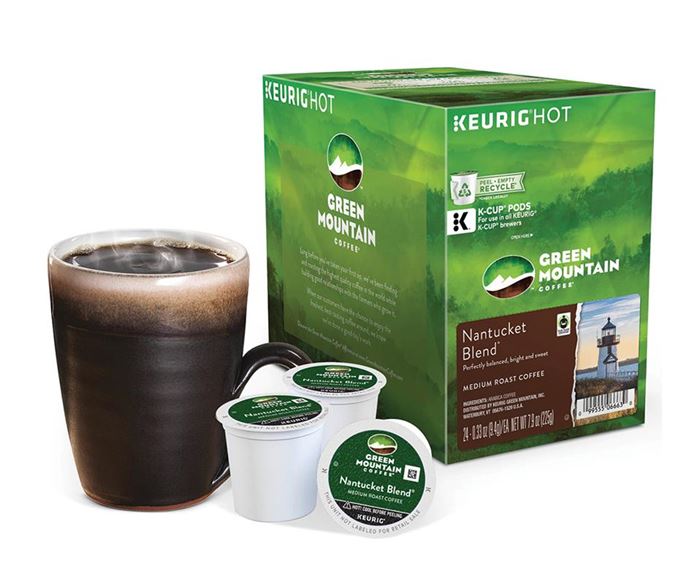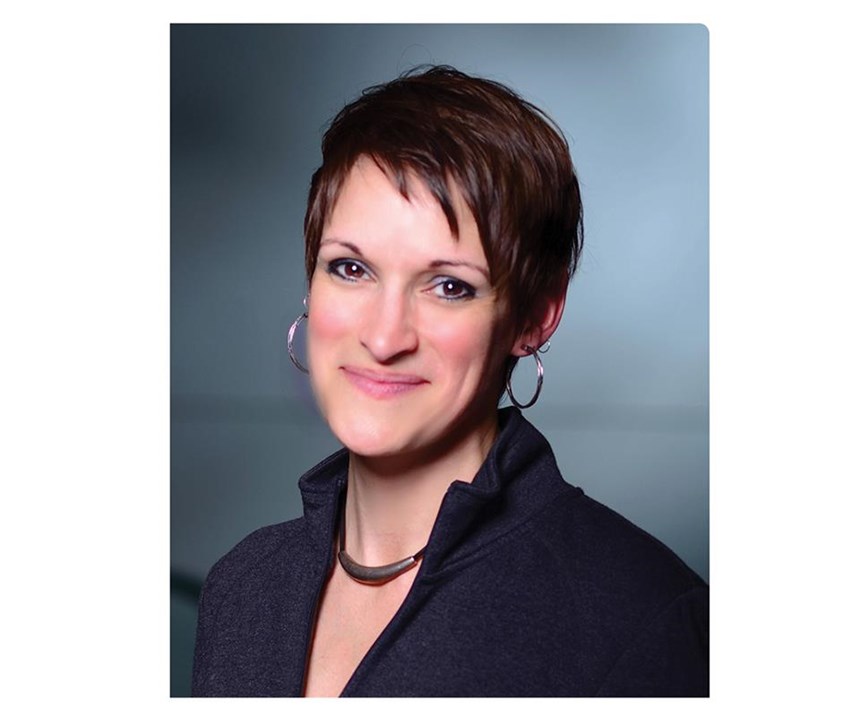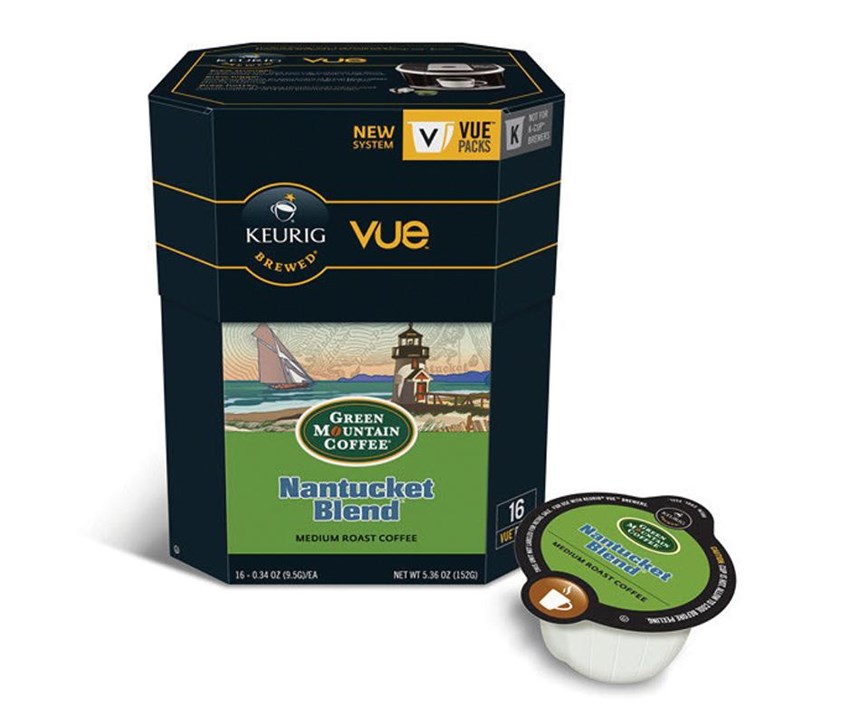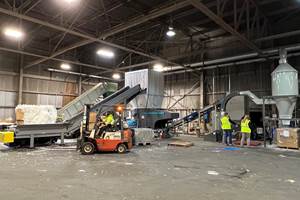PP Recycling Provides New Life for Keurig K-Cups
Premium coffee maker to shift from multi-layer pods to single-layer polypropylene later this year as demand for recycled PP soars.
There’s no denying that single-serve coffee pods are popular with consumers. In fact, Keurig Green Mountain, Waterbury, Vt., sold more than 9 billion of its K-Cup pods in 2015 alone. But since the pods have been a multi-layer structure with a resin identification code of Number 7, most of them have not been recycled.
As a result, K-Cup coffee pods have faced perhaps the biggest environmental backlash for single-serve plastic packaging since the foamed clamshell back in the late 1980s. And Keurig has not only listened, but is about to respond. It will introduce coffee varieties in a new recyclable K-Cup polypropylene (PP) pod later this year, and has set a goal for 100% of K-Cup pods to be recyclable by 2020. “[Complaints about recycling sent] a signal to us that it’s important to consumers and it’s important to us as a company,” Monique Oxender, Keurig’s chief sustainability officer, told Plastics Technology. “It’s a top company priority right now and at this point, let’s fix it and move forward.”
TRIAL AND ERROR
The company has worked on producing a fully recyclable K-Cup for quite some time. “Green Mountain Coffee Roasters bought the Keurig brand in 2006 and people want to know why it’s taken 10 years for us to get to recyclable K-Cup,” Oxender said. “We’ve actually had a series of innovations along the way, but it never was the right innovation at the right time for the consumer. The challenges and the failures of consumer adoption of a product is ultimately what drives the success, as well looking at materials for the K-Cup.”
In 2012, in fact, Keurig successfully introduced a recyclable PP pod, initially used in the Keurig Vue system. According to Oxender, Keurig was able to bring this pod to market quickly because it created a whole new system that included both the coffee brewer and cup. The Vue cup had different functionality and rigidity requirements than the typical K-Cup.
While the company was excited about this innovation, the new offering didn’t get picked up widely. As a result, the company stopped selling the Vue system on its website. However, Vue pods are still used today in the Keurig 2.0 hot beverage system.
But Oxender said the Vue pods exposed the company to PP and laid the foundation that ultimately led Keurig to go with PP for its K-Cup. But it was confronted with several challenges along the way.
The company first had to find out where the PP K-Cup pods could be sorted within the existing recycling infrastructure. It collaborated with Resource Recycling Systems, Ann Arbor, Mich., to run tests in three different U.S. communities, and chose medium-to-large size materials recovery facilities (MRFs). The tests started with thousands of recyclable K-Cup pods in various configurations—white and dark cups, single and stacked cups, and intact and separated cups. They mixed the cups with about 70 tons of incoming recyclable material at each of the three MRFs, and ran the equipment for about two hours in order to process all 70 tons.
Among other findings, the tests confirmed that the majority of the test pods made it past initial material screens and were available to be properly sorted and processed.
THE MARKET FOR RECYCLED PP
Stated Oxender, “In terms of recyclability, we also considered what really drives recovery. And we found it’s the value of the material. There has to be a healthy economic equation across the value chain in order for the material to be recovered. When we looked at the outlook for PP, we saw it is very strong and there are folks that want that material. The demand for post-consumer reclaim PP is on the rise. In fact, demand seems to be outstripping supply.”
The Association of Plastics Recyclers (APR), Washington, D.C., confirms that assessment. A 2012 survey revealed that 22 company respondents identified a total PP PCR demand of more than 1 billion lb/yr. (APR is set to release an updated survey regarding PP PCR later this summer.) “What we have found over and over again is that there is greater demand than supply,” noted Elizabeth Bedard, director of the APR’s Rigid Plastics Recycling Program. “But our industry can only recycle what is available.” Through APR, Keurig ultimately connected with KW Plastics, Troy, Ala., the largest PP reprocessor in the U.S.
The K-Cup design includes not only the cup itself, but a foil lid and a filter that are welded to the cup. What had to be determined was whether consumers would need to remove the filter before putting the K- Cup pod in the recycled bin. Tests Keurig ran at KW Plastics concluded that the filter on the K-Cup pod would not affect recyclability.
While Keurig said that coffee or other pod ingredients do not contaminate the material stream, recyclers prefer consumers to empty the pods since recyclers pay for material on a per-pound basis. As a result, all of Keurig’s recyclable K-Cup pod packaging will be labeled “Please peel, empty, and recycle.”
“Based on our testing, Keurig’s polypropylene K-Cup pod and filter with removable lid is recyclable and recoverable, and is a welcome addition to the polypropylene recycling stream,” said Scott Saunders, general manager of KW Plastics.
For its part, KW Plastics will change its specifications for recyclers in order to collect more of the material. Keurig believes this shows that a large and reputable buyer is ready to take all the recyclable K-Cup pods it can collect.
APR’s Bedard said that initiatives such as the one undertook by Keurig can have a big impact on the market. “The recycling system is set up to recover a certain type of material, but what we find is that we have an evolving waste stream where materials are changing society,” she said. “The K-Cup is a perfect example.”
While Keurig has already started the transition to PP K-Cups, it is challenged by the fact that it has more than 100 packaging lines and eight facilities in the U.S. and Canada. Each line and plant has to make all the changes required without interrupting service.
“But when talking about the ability to make that cup the same way on every line, perfect every time, you don’t want to mess that up,” Oxender said. “It will take us time to get through every single packaging line.”
With regards to producing the K-Cups, Oxender said they are considering all processes. The initial PP cups they are launching will be injection molded, but she said the portfolio will be made up of both thermoforming and injection molding.
“And maybe something else,” Oxender added. “We are looking at every possible opportunity to be able to move as quickly as possible and bring these things along.”
Related Content
Purpose-Built System Enhances Capacity and Flexibility for Recycler
A Boston recycler invested in a turnkey shredding, granulation and elutriation system to expand its plastics reclaim business.
Read MoreHow to Optimize Injection Molding of PHA and PHA/PLA Blends
Here are processing guidelines aimed at both getting the PHA resin into the process without degrading it, and reducing residence time at melt temperatures.
Read MoreMultilayer Solutions to Challenges in Blow Molding with PCR
For extrusion blow molders, challenges of price and availability of postconsumer recycled resins can be addressed with a variety of multilayer technologies, which also offer solutions to issues with color, processability, mechanical properties and chemical migration in PCR materials.
Read MoreHow to Optimize Color Evaluation of Recycled Plastics
The right color measurement instrument and good working methods will minimize variability in color evaluation of PCR.
Read MoreRead Next
See Recyclers Close the Loop on Trade Show Production Scrap at NPE2024
A collaboration between show organizer PLASTICS, recycler CPR and size reduction experts WEIMA and Conair recovered and recycled all production scrap at NPE2024.
Read MoreMaking the Circular Economy a Reality
Driven by brand owner demands and new worldwide legislation, the entire supply chain is working toward the shift to circularity, with some evidence the circular economy has already begun.
Read More

















